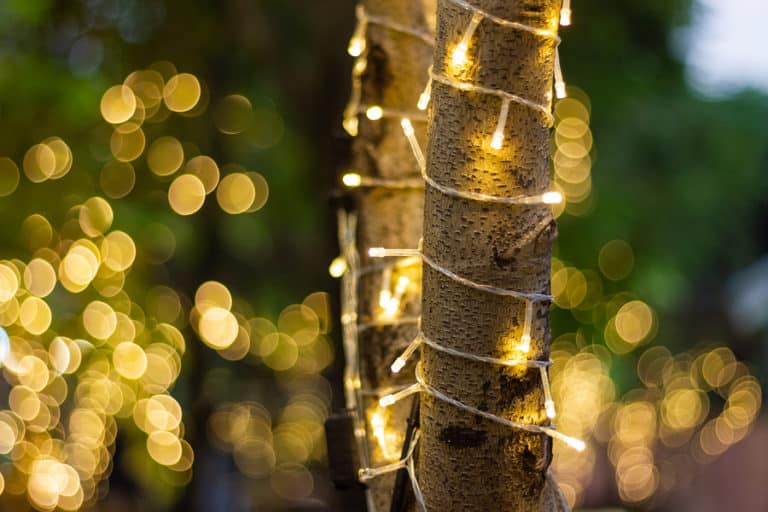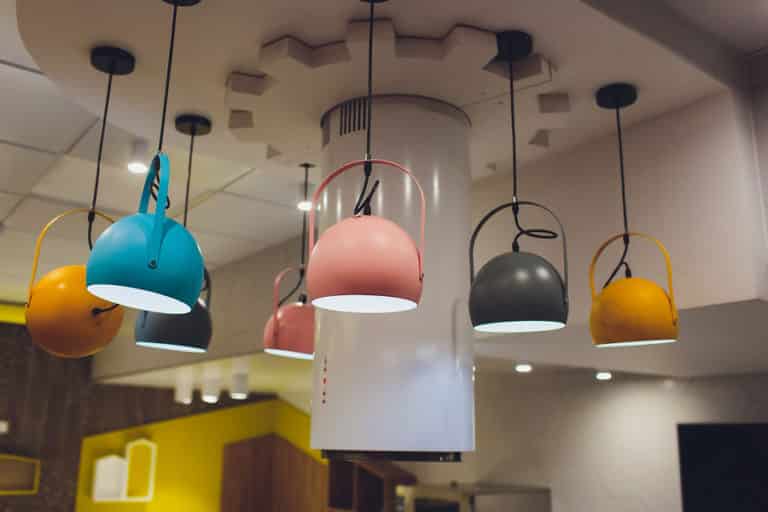
When LEDs first hit the market somewhere around the turn of the millennium, they were the energy-efficient equivalent of your hyper relative who just doesn’t know when to relax. Bright and so white they were almost blue, the first round of LEDs weren’t quite known for creating that ever-coveted ambiance in any given design space. Those early LEDs were great for conserving energy and mother earth; bad for living situations that demanded mood lighting. If you’re anything like us, your environmentalist side was conflicted with your decorating side, and you played dumb when wandering the exhausting light bulb aisle at the Lowe’s.
But guess what—it’s almost 2020, y’all, and someone has finally figured out how to make LEDs that won’t make you feel like you’re having lunch in a middle school cafeteria while gathering under the glow of your dining room light. For the science-y geeks out there (don’t worry, we are too), here’s a little cheat sheet on how this whole “lumens” thing works. It won’t necessarily make navigating the light bulb aisle at the Lowe’s any easier, but it might make you feel informed enough to have an illuminating dinner conversation.
Q: What the heck are Lumens?
A: A different—we like to think a more hip, 21st-century way—of measuring light consumption.
Q: Wait. What?
A: Remember Watts? Watts measure how much energy is consumed. Lumens, conversely, measure how much light is given.
Q: Oh, that totally makes sense for light bulb purposes.
A: That wasn’t a question.
Q: How do I know how many Lumens to look for if I’m replacing a 60W bulb, for example?
A: Luckily the manufacturers have made it easy on us to make the transition from Watts to Lumens. In most cases, you can find the Watt equivalent on the side of the light bulb box. Just remember that Lumens numbers are much greater than what you’re used to seeing as far as Watts. 800 Lumens is approximately 60W.
Q: Ok, I’m convinced that measuring brightness makes more sense than measuring energy as far as light is concerned, but what about the look of the light?
A: Great news for those who care about the quality (and we mean the warmth vs. coolness here) of light in their homes. Like we said before, Lumens used to mean bright, harsh, blue-ish light. But someone along the way figured out that an energy-efficient light bulb doesn’t have to sacrifice in ambiance (and style!). These days there are LED bulbs that give off light rivaling the incandescent, yet energy-sucking, look. They even make LEDs in those fancy Edison-inspired bulbs!
Q: Why do they cost so much?
A: Glad you asked. Your average LED bulb will last 20-25 times longer than those outdated 20th-century bulbs. That translates to roughly 10 years of life if used for 12 hours a day. So that’s why there’s a greater cost up front, but if you time it right, you won’t ever need to change a light bulb in your house.

So now that we’ve got you hooked on LEDs, are you ready to make a move and outfit your next home with lights you will potentially never have to change? We think that’s a pretty enticing incentive, too. If you’re thinking about buying (or selling!) in Austin, give us a call at SEED. If you think we know a lot about interior lighting, just wait until we share our knowledge about the Austin real estate market!
